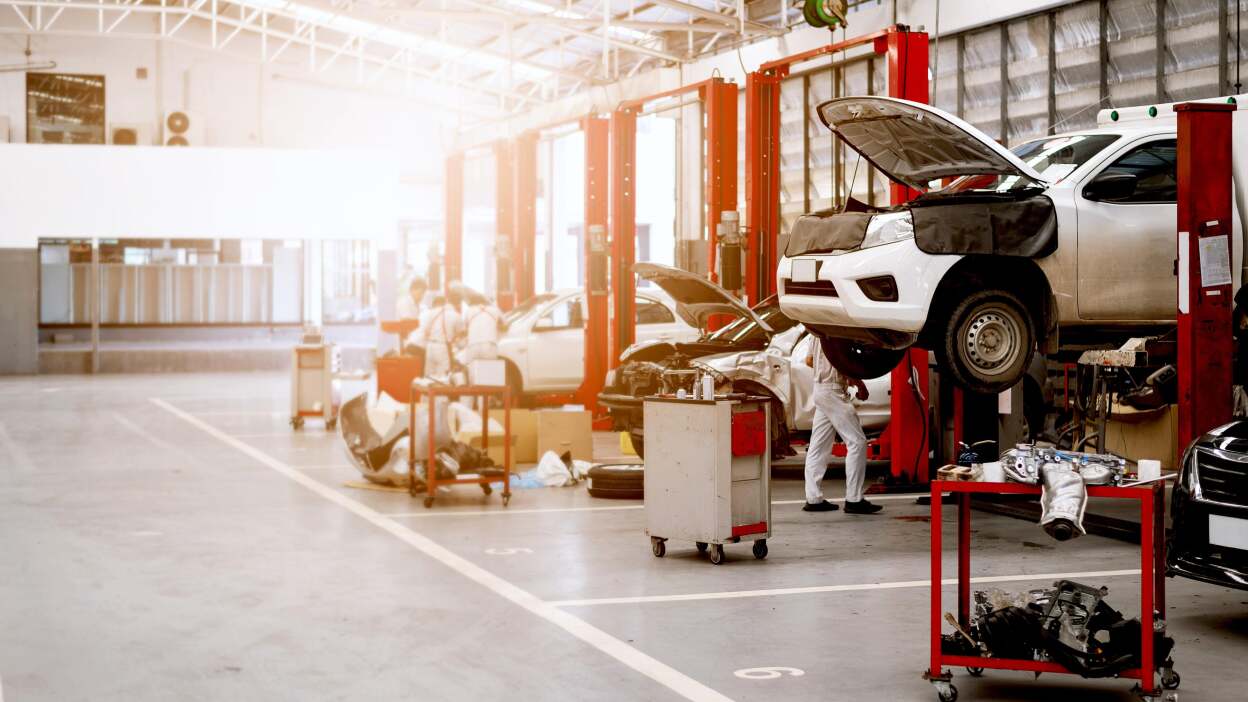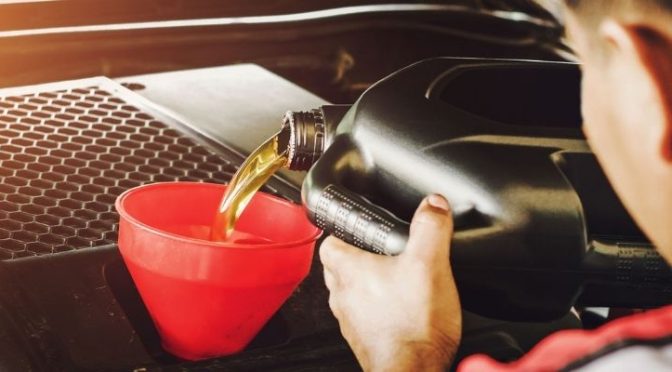
Car Ownership
Car maintenance is much like the threads that bind together a grand web – overlook them, and the entire piece may eventually unravel.
Yet, amid the rush of daily life, many drivers fall victim to the “7 Deadly Sins” of auto servicing. These seemingly small oversights can quickly transform a dependable vehicle into a source of endless expenses and stress.
This guide doesn’t merely point out those pitfalls; it offers ways to prevent them, helping you ensure that your vehicle remains a faithful companion on every journey.
The 7 Deadly Sins of Car Maintenance
Here are the seven critical mistakes every car owner should avoid:
1 – Neglecting Regular Oil Changes
Oil is the lifeblood of your engine. Beyond lubrication, it cools, cleans, and safeguards essential components. Failing to change it regularly invites premature wear, overheating, and eventually, engine failure.
The recommended frequency depends on the vehicle model, oil type, and driving conditions:
- Older cars: Oil changes every 5,000 km.
- Modern cars: Typically every 8,000-12,000 km.
- Full-synthetic oil: Can stretch to 24,000 km.
Driving in extreme conditions, dusty roads, severe weather, or while towing requires more frequent changes.
The simplest way to avoid disaster is by following your car’s maintenance schedule, found in the owner’s manual.
2 – Ignoring Tyre Condition and Pressure
Tyres are your vehicle’s only connection to the road, and neglecting them compromises both safety and performance. Incorrect pressure or poor tyre condition increases the risks of poor handling, long braking distances, and dangerous blowouts.
Check PSI: Every two weeks when tyres are cool.
Correct pressure values: Usually listed in the owner’s manual, driver’s side door jamb, glove box, or fuel filler door.
Inspect tread depth and watch for irregular wear:
- Wear Pattern – Likely Cause
- Centre Wear – Overinflation
- Side Wear – Underinflation
- One-Sided Wear – Wheel Alignment Issue
- Patchy Wear – Tyres Out of Balance
- Cupped/Scalloped Wear – Suspension Problems
- General Wear: Rotate every 8,000–15,000 km
- Cuts/Bulges Damage – repair or replace
Replacement guideline: Tyres should be replaced every 6 years, even with low mileage, as rubber degrades with age. Rough terrain or potholes may demand more frequent changes.
3 – Delaying Brake Maintenance: A Dance with Danger
Faulty brakes, whether from worn pads, damaged rotors, or low fluid, turn your car into a serious hazard.
General lifespan: 40,000–110,000 km, depending on use and pad material.
- City driving: Replace around 65,000 km.
- Highway driving: 95,000–130,000 km.
Pad materials:
- Organic pads wear faster.
- Metallic/semi-metallic pads are durable but harsher on rotors.
- Ceramic pads last longest but are costlier.
Warning signs include squeaks, vibrations, or grinding noises. Regular inspection is the key to safety.

4 – Skipping Fluid Checks
A car relies on more than just oil; it runs on a variety of vital fluids. Ignoring them invites costly damage.
Key fluids to monitor:
- Transmission
- Brake
- Power steering
- Engine coolant
- Windscreen washer
- A/C refrigerant
- Differential/transfer case (for 4WDs)
Recommended intervals:
- Fluid Check Interval Replacement Interval
- Transmission Monthly – 95,000 km (or manufacturer’s advice)
- Brake – Every 6 months/15,000 km, Every 2 years
- Power Steering – Monthly 80,000 km
- Coolant – Every 6 months, 50,000 km or 3 years
- Windscreen Washer – As needed
- A/C Refrigerant – During service/if cooling weakens
- Differential/Transfer – 30,000–50,000 km per schedule
Learn basic checks or have them performed during routine servicing.
5 – Disregarding Warning Lights
Dashboard lights are early-warning signals. Ignoring them often escalates minor issues into major breakdowns.
Common warning lights and meanings:
Light: What It Means
- Brakes – ABS fault, low brake fluid, or parking brake engaged
- Engine – Loose fuel cap to severe engine issue
- Airbag – Fault in the airbag system
- Power Steering – Steering difficulty expected
- Temperature – Overheating – stop, check coolant, let it cool
- Oil – Low oil pressure – check immediately
- Battery – Weak battery, alternator, or electrical fault
- Tyre Pressure – Low pressure in one or more tyres
- ABS – Anti-lock braking disabled
Consult your manual to decode lights and act promptly.
6 – Forgetting Timing Belt Replacement
A snapped timing belt can destroy your engine in seconds.
Replacement guideline:
Every 60,000–100,000 km, depending on the car.
Some manufacturers recommend based on time (6–10 years), regardless of mileage.
Ignoring this crucial part invites catastrophic engine damage.

7 – Letting Rust Take Over
Rust is more than cosmetic, it weakens structural integrity.
Prevention:
- Wash regularly, especially undercarriage.
In winter, wash twice monthly to remove salt.
In coastal areas, rinse weekly to combat salt-laden air.
Moisture, dew, and salty breezes corrode exposed parts. Regular cleaning and undercoating can delay or stop rust damage.
The Path to Salvation
Keeping a car roadworthy is not about luck – it’s about vigilance. These “7 Deadly Sins” serve as reminders that neglect breeds problems, while care ensures reliability and safety.
A well-maintained vehicle isn’t just transport; it’s protection for you and your loved ones. Trust your owner’s manual for specific guidance, and choose a reliable mechanic as your ally.



